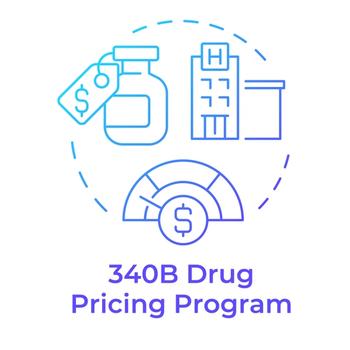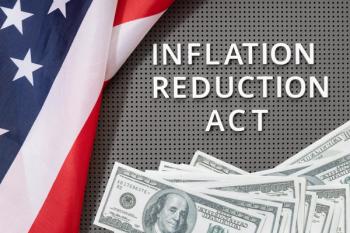
Scientific support for off-label prescriptions absent in 73% of cases
In 2001, off-label drug prescriptions accounted for 150 million (21%) of the estimated 725 million prescriptions written in the United States, according to the 2001 IMS Health National Disease and Therapeutic Index (NDTI). However, according to a study published in the Archives of Internal Medicine, 73% of the off-label medication prescriptions the authors researched (95% CI, 61%–84%) had little or no scientific backing.
"No more than 30% of the off-label practices we observed were supported by strong scientific evidence," the study's authors stated.
Many of the off-label drug uses were logical extensions of the FDA-approved indication. However, "some of the observed off-label uses were as therapy for indications distinctly different from those for which the drug was approved," the authors stated.
The sampled medications included an estimated 150 million (95% CI, 127 million–173 million) off-label mentions. Off-label use was most common among cardiac medications (46%, excluding antihyperlipidemic and antihypertensive agents) and anticonvulsants (46%). Other drug classes with large proportions of off-label use included antiasthmatics (42%), antiallergy (34%), and psychiatric (31%). The lowest proportions were observed among lipid-lowering drugs (7%), analgesics (6%), and diabetes medications (1%). For specific medications, gabapentin (83%) and amitriptyline (81%) had the greatest proportion of off-label use.
"Among medications with the highest proportions of off-label use, most lacked evidence of clinical efficacy," the authors said. "This is especially true for gabapentin, where only 20% of its off-label use had strong support compared with 80% with limited or no support."
Although several functional classes were associated with increased off-label use (P<.05), few other drug characteristics predicted off-label prescriptions. Age, long-term use, combination therapies, formulation, dosing frequency, direct-to-consumer promotion, and manufacturer all showed few meaningful associations with off-label prescribing.
Study limitations included that the sampled medications accounted for slightly more than half of all drug mentions in 2001. Comorbidities also were not accounted for, which could be a potential explanation for some off-label medication uses. Also, the authors noted that they were limited in their ability to capture the gradient of evidence that exists for most off-label uses of the drugs that were studied.
"As is often the case with retrospective studies, we had to rely on data collected by others, primarily for different purposes," the authors stated. "In these situations, we attempted to make conservative assumptions and consider how our results might have varied with somewhat different assumptions. Our main findings remained robust following such considerations."
The authors suggested that more extensive postmarketing surveillance to identify prescribing practices lacking FDA approval and further scrutiny of off-label prescribing itself would help to assure patient safety and prevent economically wasteful prescribing practices.
"We need to know more about the factors that produce off-label medication use," the authors said. In what they called an "essential first step," they touted the importance of differentiating "clinically reasonable" off-label situations from those that may be of concern. They cited examples of European prescription policies-regulators in Britain label new drugs with a black triangle as a warning to physicians to use caution when prescribing them-as precedent. "These examples are designed primarily to protect patient safety, although similar examples could be used to inform judicious, evidence-based, and cost-effective prescribing choices," the authors stated.
SOURCE Radley DC, Finkelstein SN, Stafford RS. Off-label prescribing among office-based physicians. Arch Intern Med. 2006;166:1021–1026.
Newsletter
Get the latest industry news, event updates, and more from Managed healthcare Executive.





















































